Is Supplemental Feeding Necessary for Fawn Production? - Part II
Does Supplemental Feeding Improve Fawn Production Or Survival?
Supplemental feeding is mandatory if you wish to maximize the number of deer on your ranch. Fawn production and survival much like antler growth are directly related to nutrition. If nutrition is limiting for pregnant does, especially late in pregnancy (May-July), fawn production will be reduced. If nutrition is limiting for lactating does during July-September, fawn survival will also be negatively affected.
The first scientific study on supplemental feeding in south Texas, by Bob Zaiglin and Dr. Charles DeYoung at Texas A&I University (now Texas A&M University-Kingsville), clearly showed the positive effects a supplemental feeding program can have on fawn crops. The study was conducted on the Zachry Blanco Ranch south of Laredo in Webb County during 1976 and 1977.
These researchers divided the ranch in half by using one pasture as the control area where supplemental feed was not provided. The second pasture served as the treatment area. Four feeder sites were established in this pasture and supplemental feed was provided from February, 1976 through January, 1977. The second year of the study, the feeders were moved to the other pasture to reverse the control and treatment areas.
During helicopter surveys in October of each year, they counted a significantly higher ratio of fawns in the supplemental-fed pastures (0.39 fawns per doe in the supplemented pasture vs. 0.20 in the control pasture during 1976 and 0.24 fawns per doe in the supplemented pasture vs. 0.08 in the control pasture during 1977). The researchers concluded that (1) supplemental feeding significantly increased fawn survival; (2) deer ate 0.55 pounds of supplemental feed per minute; (3) bucks fed for an average of 2.4 minutes (1.3 lbs.) per visit; and (4) does fed an average of 2.9 minutes (1.6 lbs.) per visit.
Graduate student Mark Richman and his co-workers and professors at the Caesar Kleberg Wildlife Research Institute at Texas A&M University-Kingsville studied the effects of supplemental feeding on fawn weights. They weighed 42 fawns contained within both supplemental-fed and non-fed 200-acre enclosures. The researchers found that supplemental feeding resulted in fawn weights that were 14 to 47% higher than weights of fawns from enclosures where supplement was not provided. Interestingly, fawn weights were lowest in the enclosure with the highest deer density and highest in the enclosure with the lowest deer density.
The two Michigan researchers mentioned above, John Ozoga and Louis Verme, also found that supplementation greatly increased deer numbers, by improving both fawn production and survival, and by increasing buck survival during the post-rut.
Feeding Fawns and Does
Unfortunately, fawn production and survival could no doubt be further improved with supplementation if it were easier to get feed to fawns and does. At typical feeder densities of around one feeder per 200 to 500 acres, few if any fawns will access feeder sites. This is especially true if the feeder sites are fenced to exclude feral hogs and javelinas. Relatively few does will access these sites as well if timed-release feeders are used due to buck dominance at this style of feeder.
A recent study in Colorado involving mule deer supports the above concerns. Chad Bishop and his co-workers fed manufactured protein pellets to deer during winter and spring only, by placing the pellets directly on the ground in two-to-three-pound piles spread out along primitive roads within the study area. They reported that survival rates of fetuses and newborn fawns, overwinter survival of older-aged fawns, and adult doe survival all increased as a result of the supplemental feeding.
When Is The Best Time To Feed?
The short answer, in south Texas at least, is that supplemental feed should be provided year-round. A supplemental feeding program should be designed to cover two different stress periods. The first stress period is based on the native habitat and occurs whenever the quantity or quality of the native forage is in some way lacking. Results of deer carrying capacity studies at Texas A&M University-Kingsville indicate that late summer is the most stressful time of the year for deer in south Texas. These researchers found that the carrying capacity of the habitat reaches its low point, or “bottleneck,” during July and August. In other words, the native habitat will support only a certain number of deer. This “maximum” number of deer is set by the number that can be supported when the habitat reaches it’s lowest nutritional point, which is late summer. Therefore, this two-month period is a critical time to provide supplemental feed.
The study conducted by Zaiglin and DeYoung verified the importance of supplemental feeding during late summer, which is when they found that consumption, peaked. In their study, supplemental feed consumption was also inversely related to the crude protein levels of the native habitat. Larry Varner, Lytle Blankenship, and Greg Lynch collected and analyzed the nutritive content of 26 different plant species eaten by deer on the Chaparral Wildlife Management Area. They found that crude protein levels were highest in spring, at intermediate levels during fall and winter, and at lowest levels during summer. In a study conducted on the Welder Wildlife Refuge, Thadis Box found that the two periods of lowest forage production were winter (January-February) and late summer (July-September).
Based on the above, ranchers and managers in south Texas should provide supplement during January through February and again during July through September in order to cover the two times of the year when the native vegetation is most likely to be lacking in quantity or quality. Obviously, droughts can also result in less than optimum forage conditions at other times. Therefore, your supplemental feeding program should include periods of drought as well.
The second stress period is based on the deer themselves and occurs when deer are physiologically stressed due to increased nutrient requirements. In the case of bucks, this occurs at two different times of the year. The first period is the post-rut (January-March) when bucks are reeling from the rigors of the rut and trying to recover the 25-35% of body weight they lost while chasing does. Previous telemetry research through Texas A&M University-Kingsville indicates that nearly 80% of all buck mortalities occur during the post-rut. Obviously, the post-rut period is a very stressful time for bucks. The second period of physiological stress for bucks occurs when they are growing antlers (March-August). If your goal is to maximize antler growth, then as a minimum, you should provide supplementation during January-August.
The most physiologically stressful time for does occurs when they are pregnant (January-July) and later when they are nursing fawns (July-September). If one of your goals is to increase fawn production and survival, than supplementation should be continued through September.
It also takes time to get deer used to eating supplemental feed, especially the first year that the feeding program is initiated. If managers are not feeding on a year-round basis, they should begin supplemental feeding at least several weeks before the period they wish to cover with supplementation. In order to cover all of the different critical months for deer of both sexes, as a minimum, supplementation should be provided from December through September.
If a rancher or manager cannot afford to provide supplement year-round, than the “best” time not to provide supplemental feed is probably during late September through early December. The pre-rut and rut are possible times to stop supplementation because bucks at this time of the year greatly reduce feed intake in their endless pursuit of does. In fact, penned studies have shown that even when bucks are individually isolated in small pens, they will still voluntarily restrain from eating feed that is placed into their pen during the rut!
Look for part three of this six-part series on supplemental feeding next week. Part III will address the advantages and disadvantages of the most commonly used forms of supplemental feed for deer.
Posted by Dr. Mickey W. Hellickson
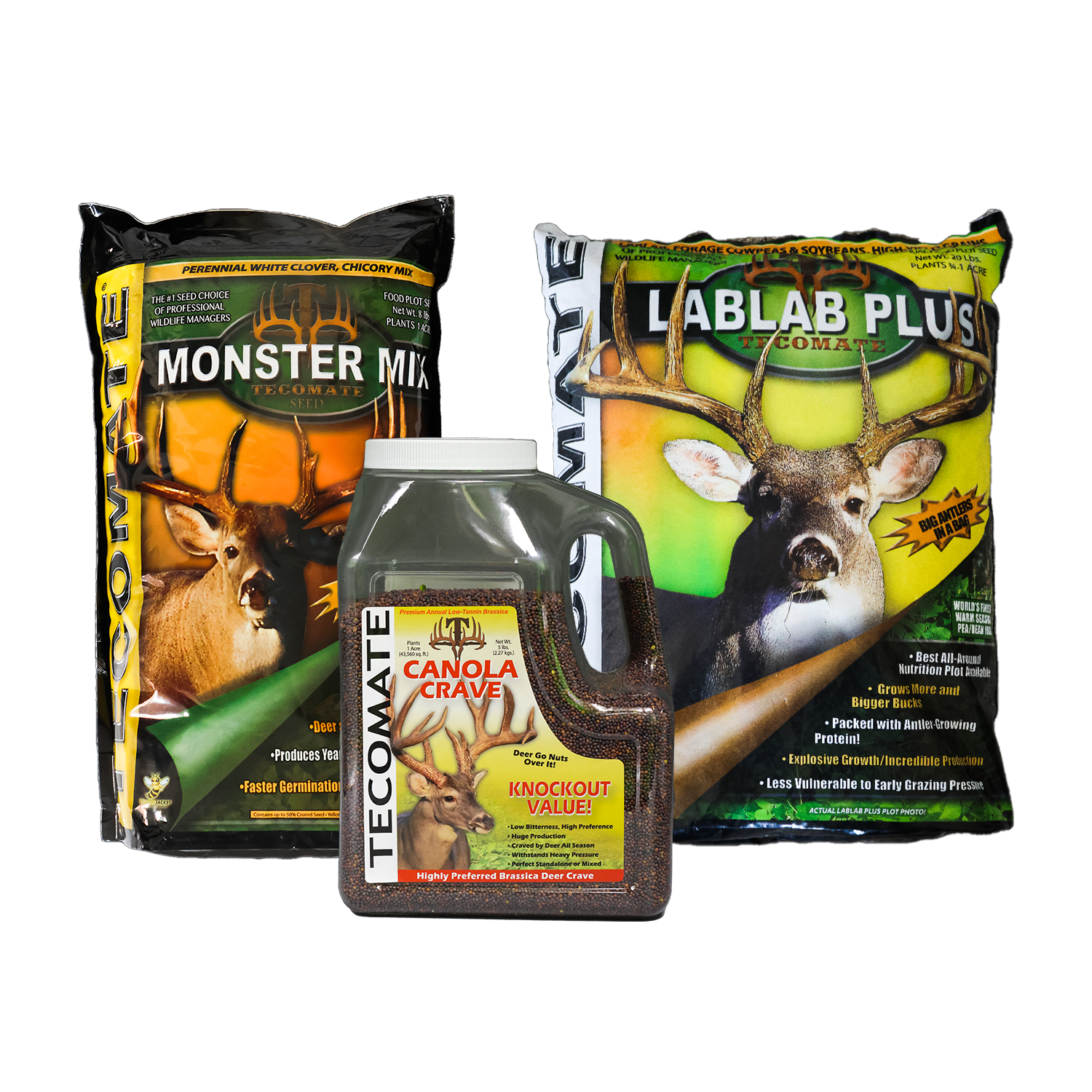
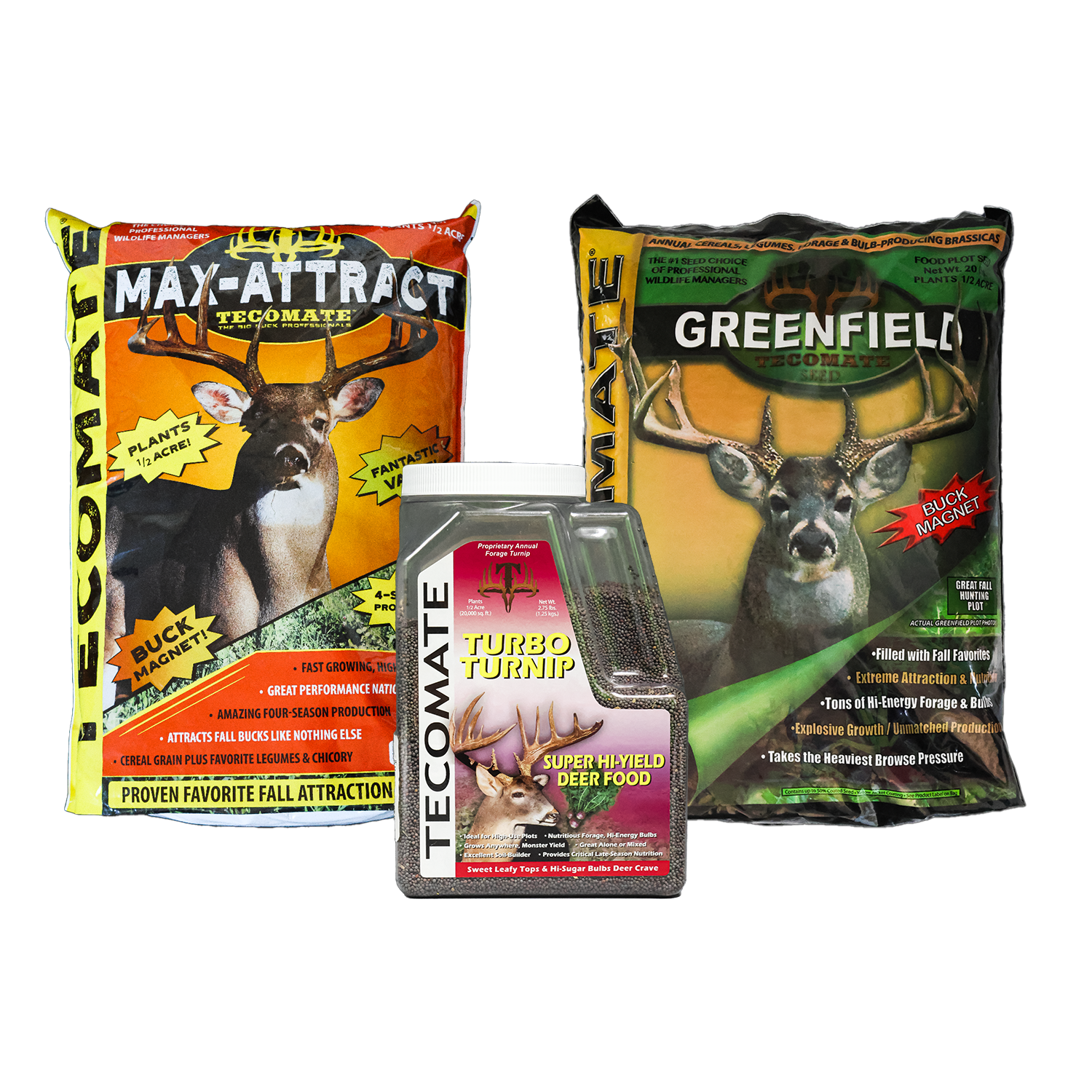
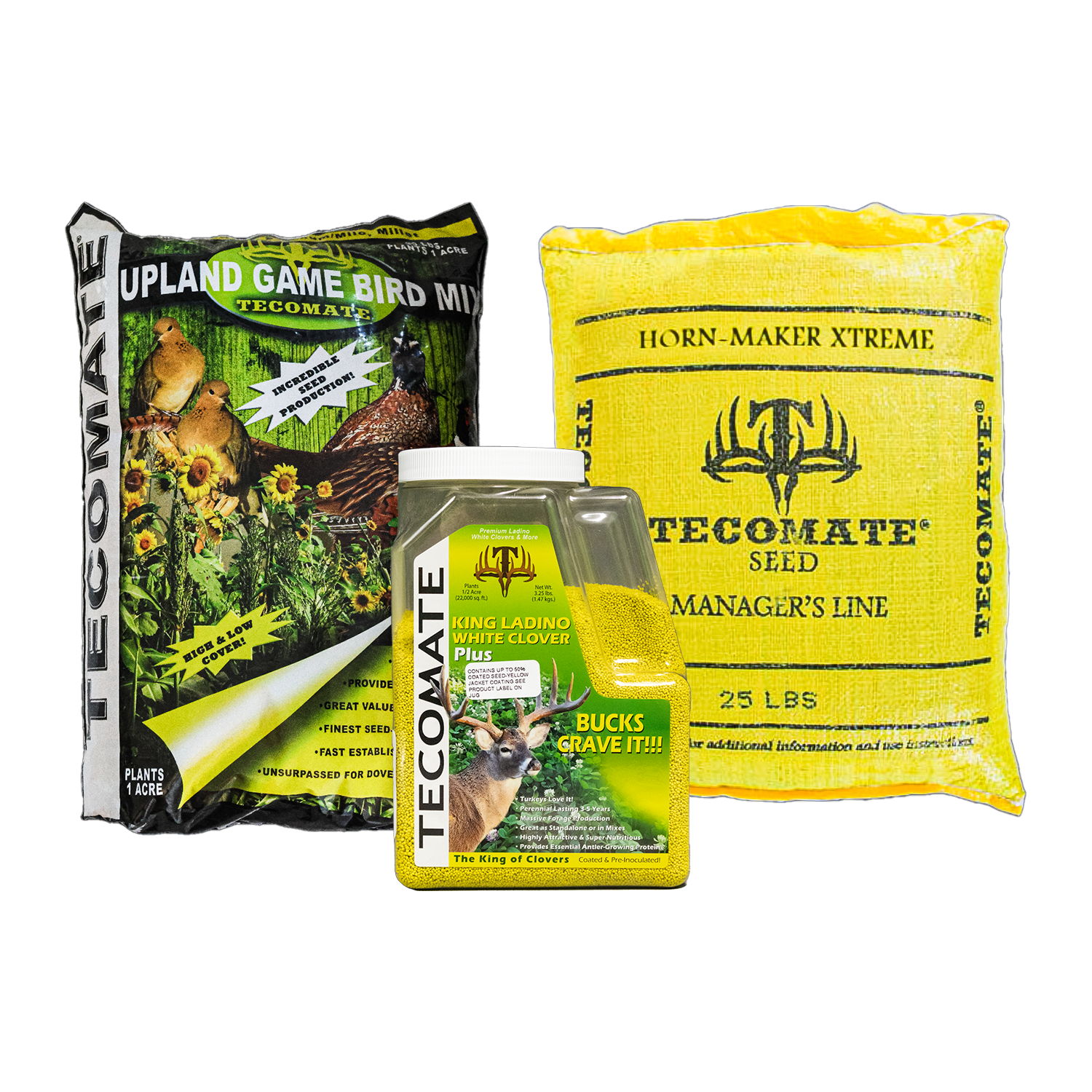
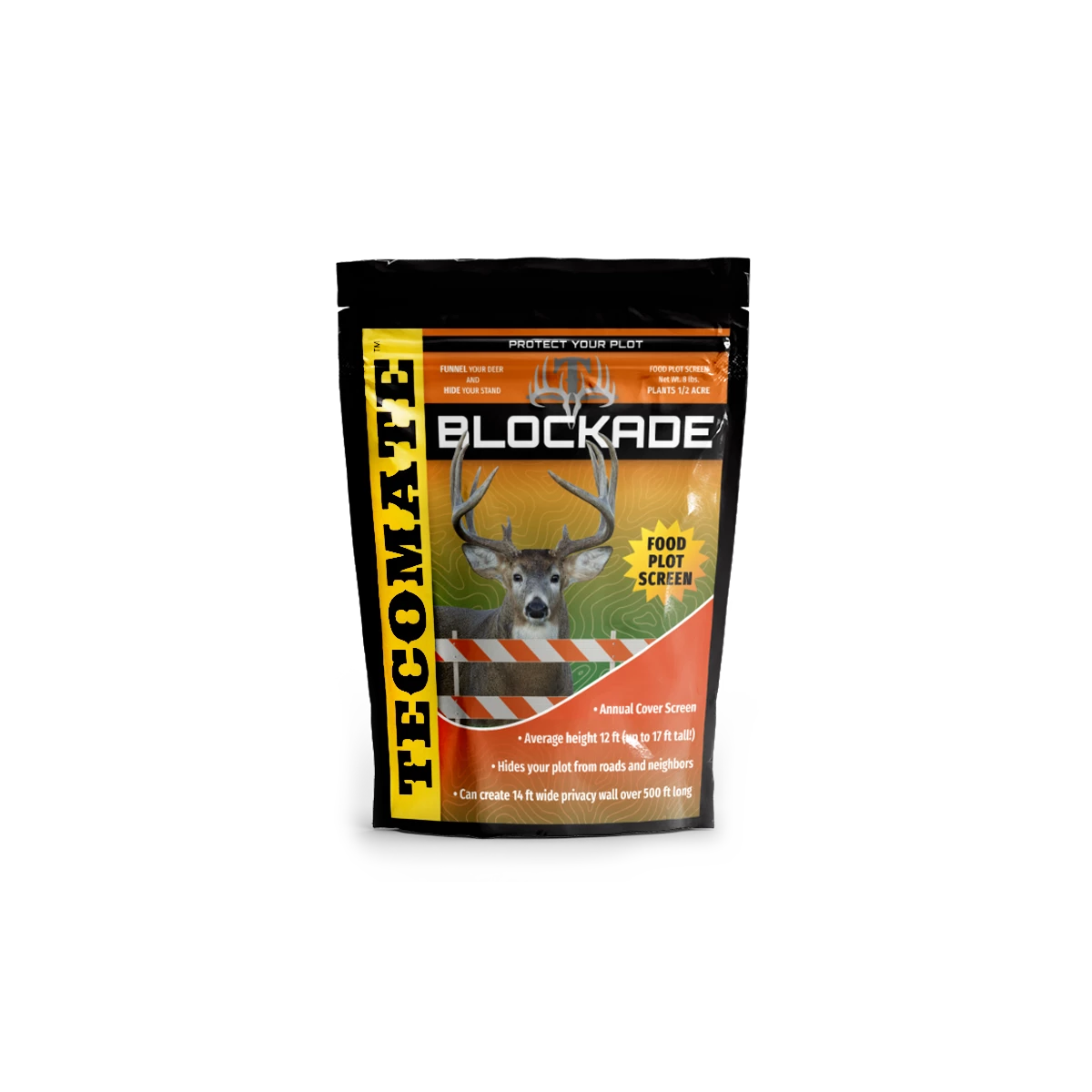
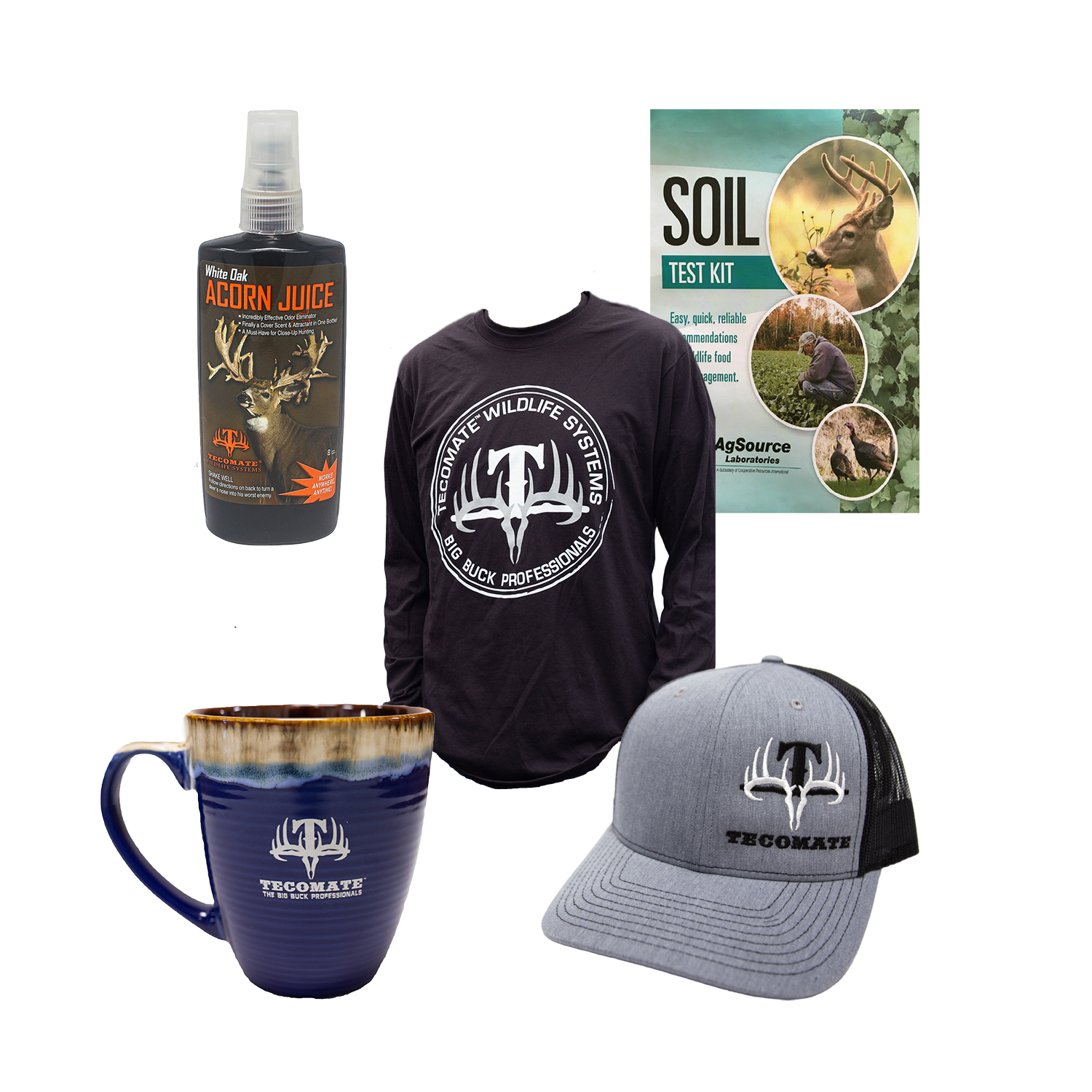
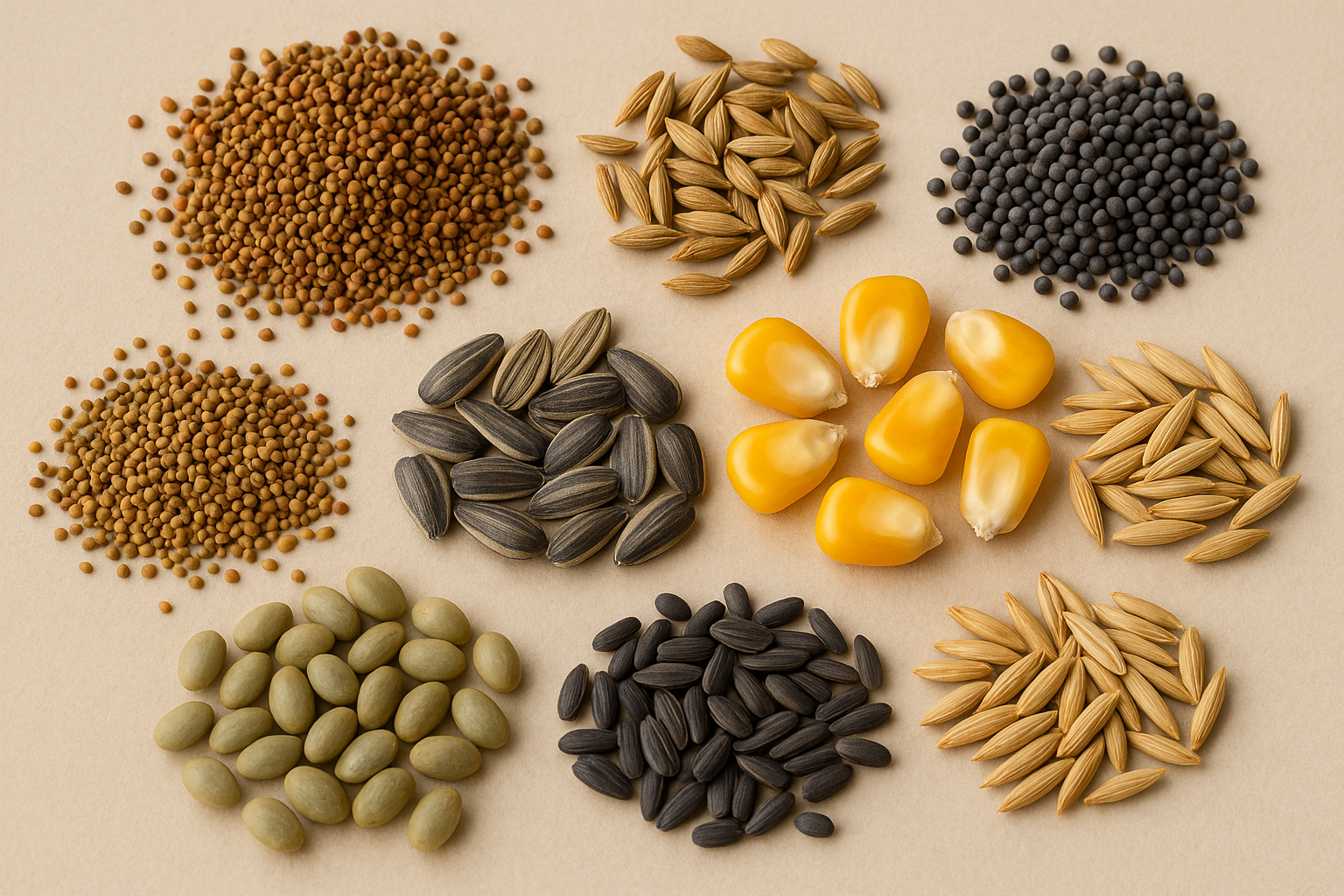
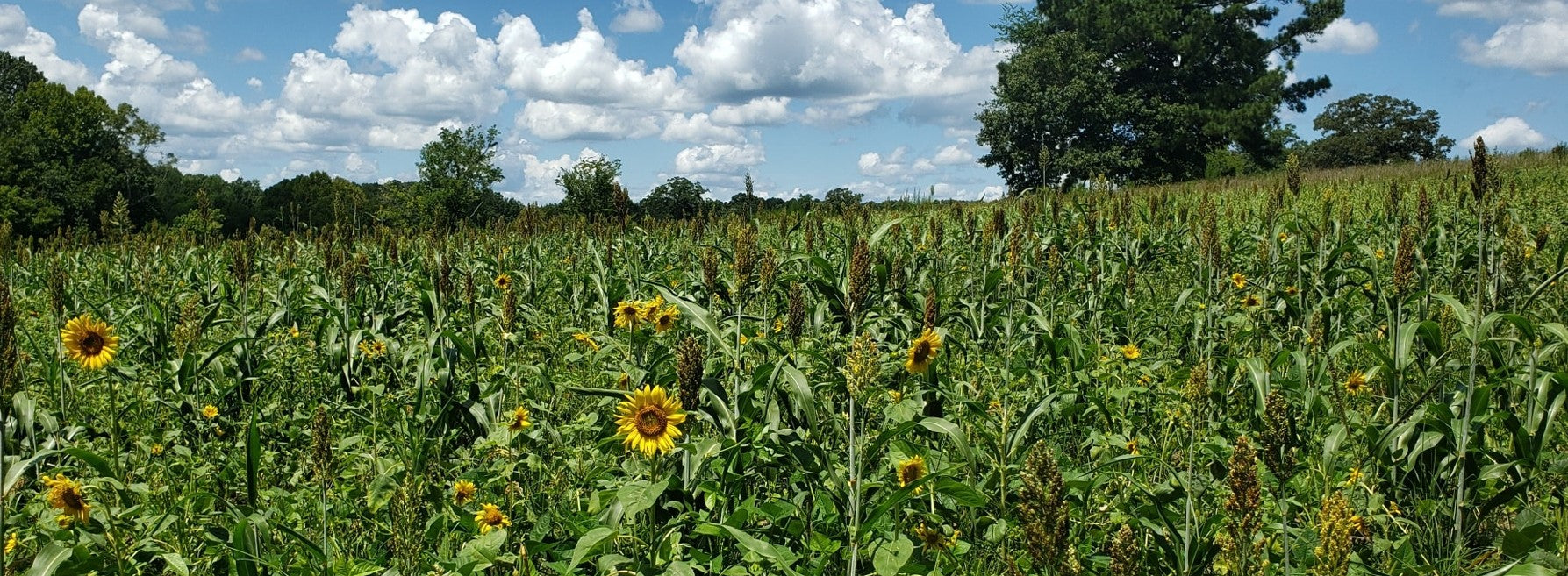
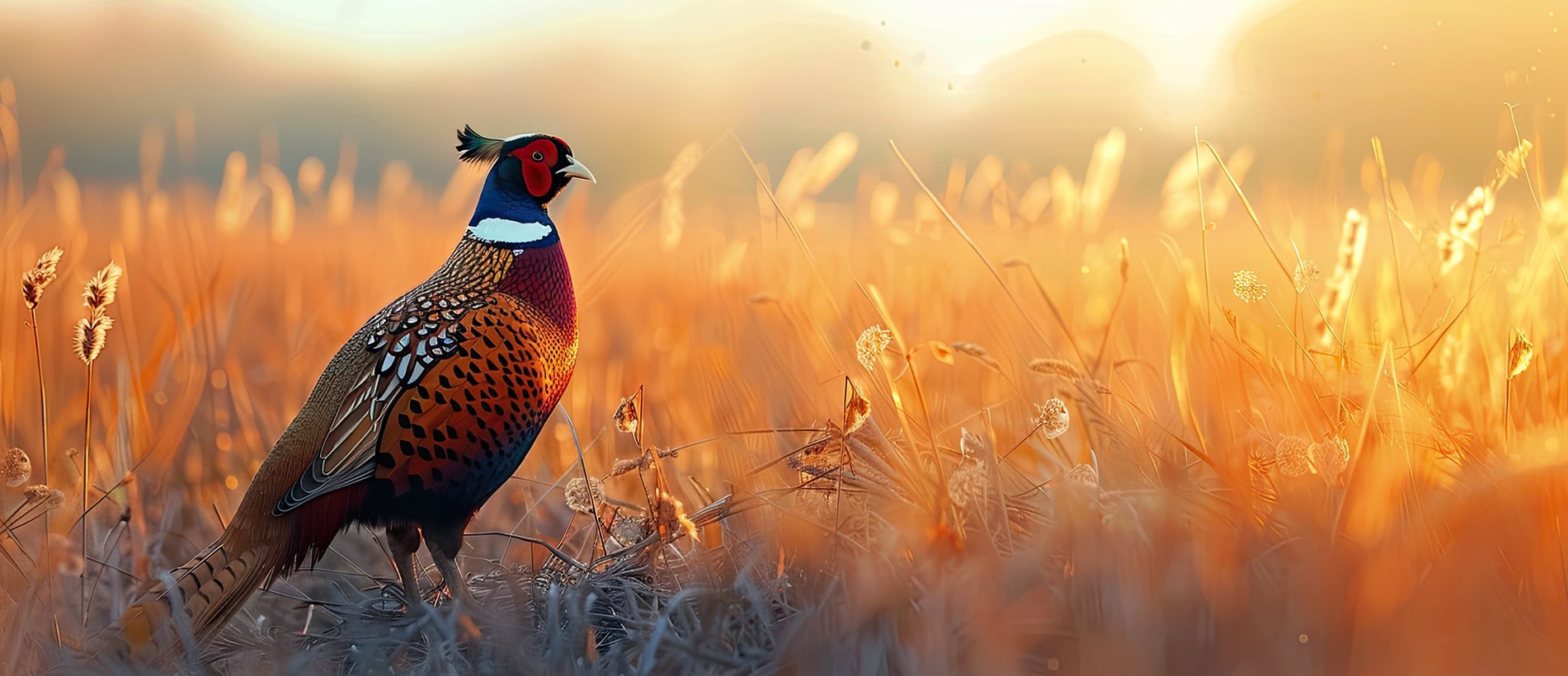

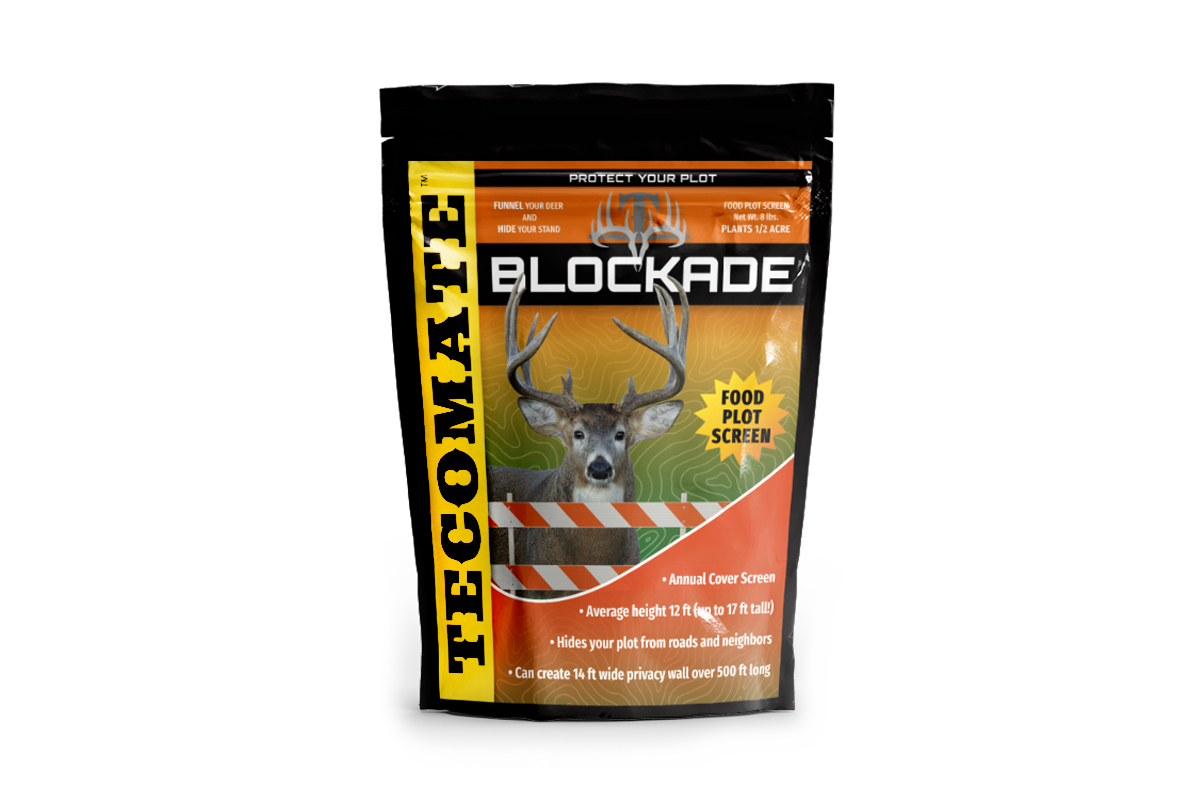
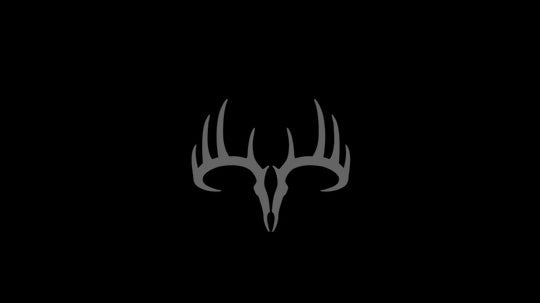
Leave a comment